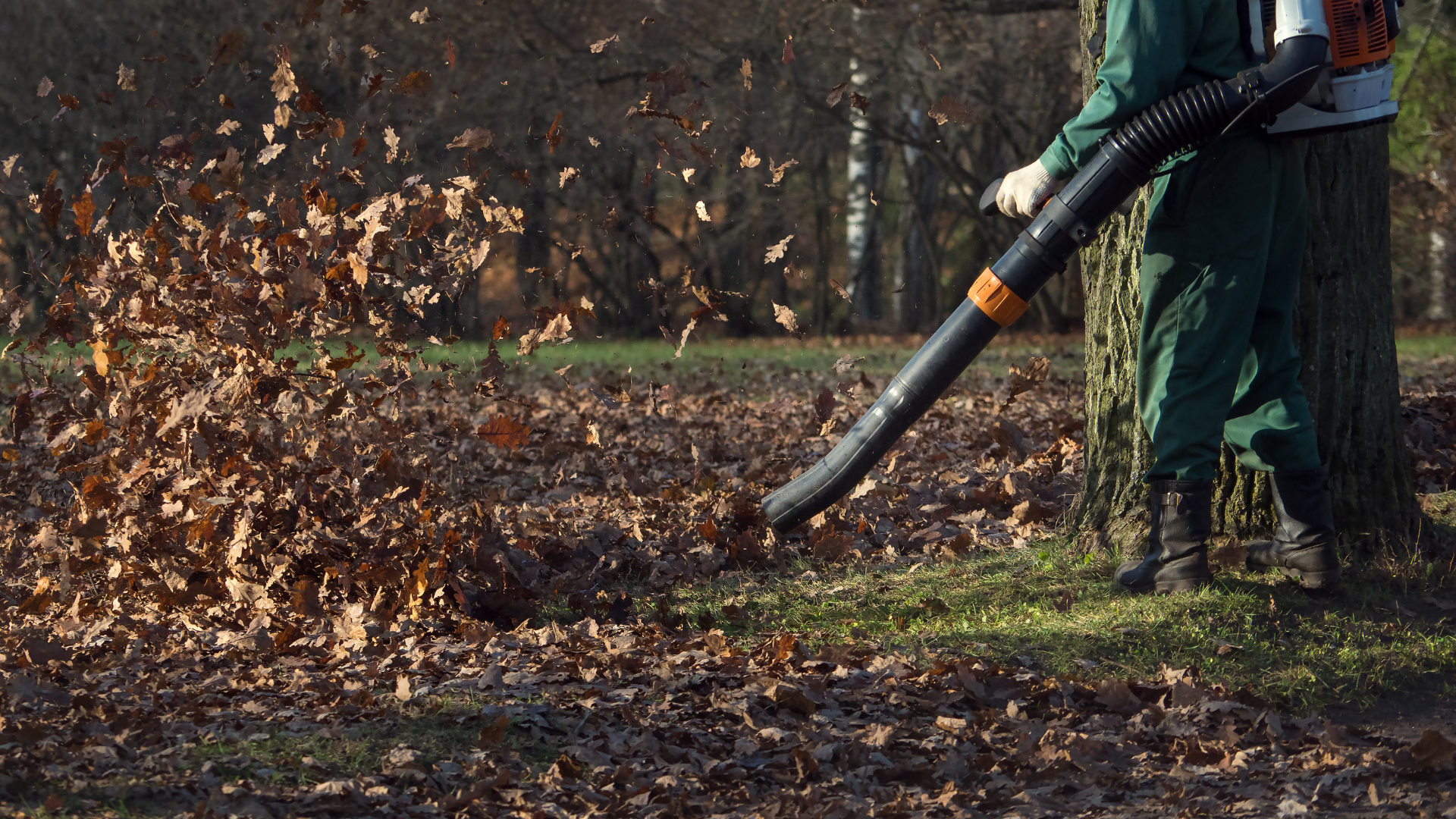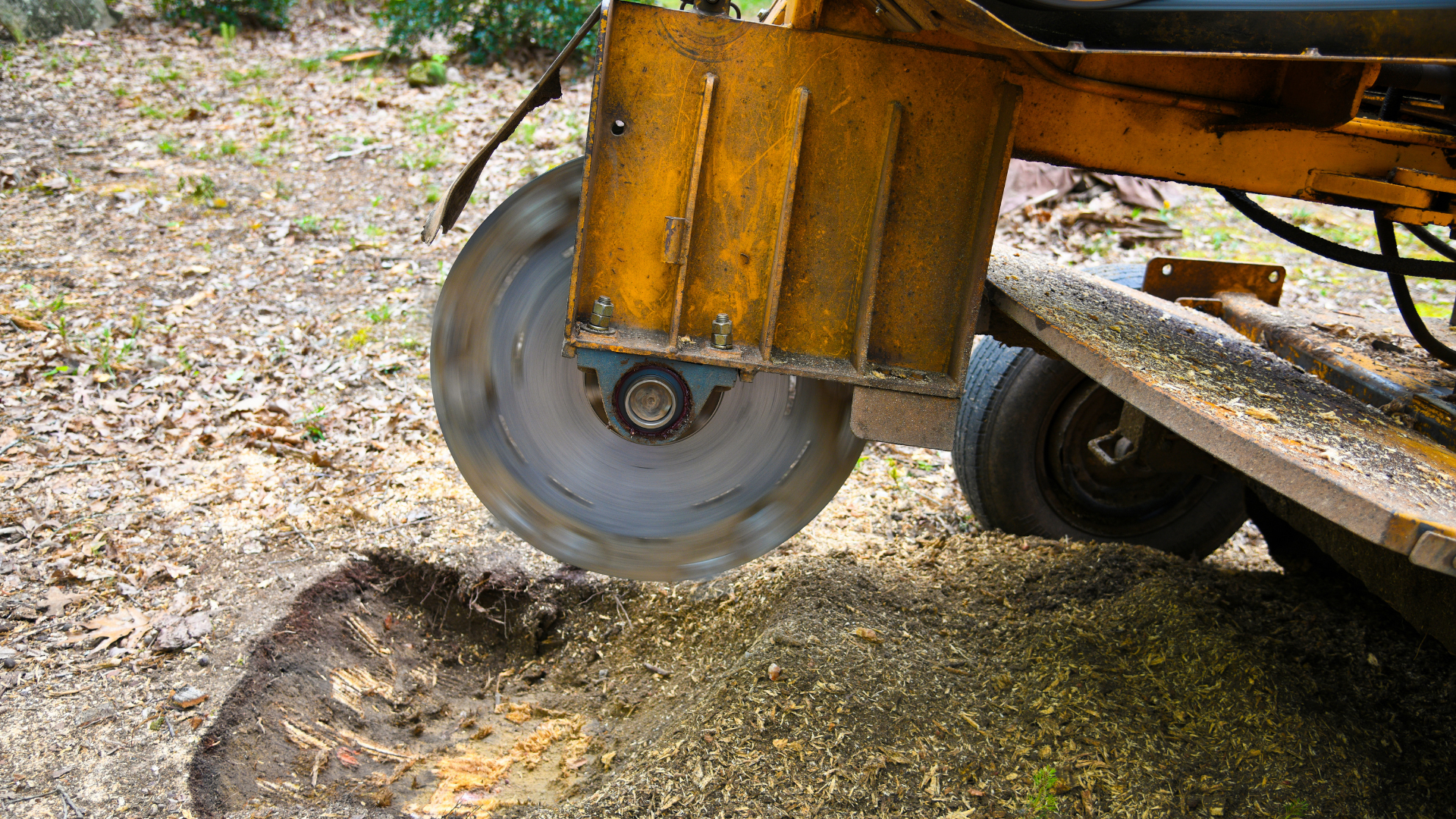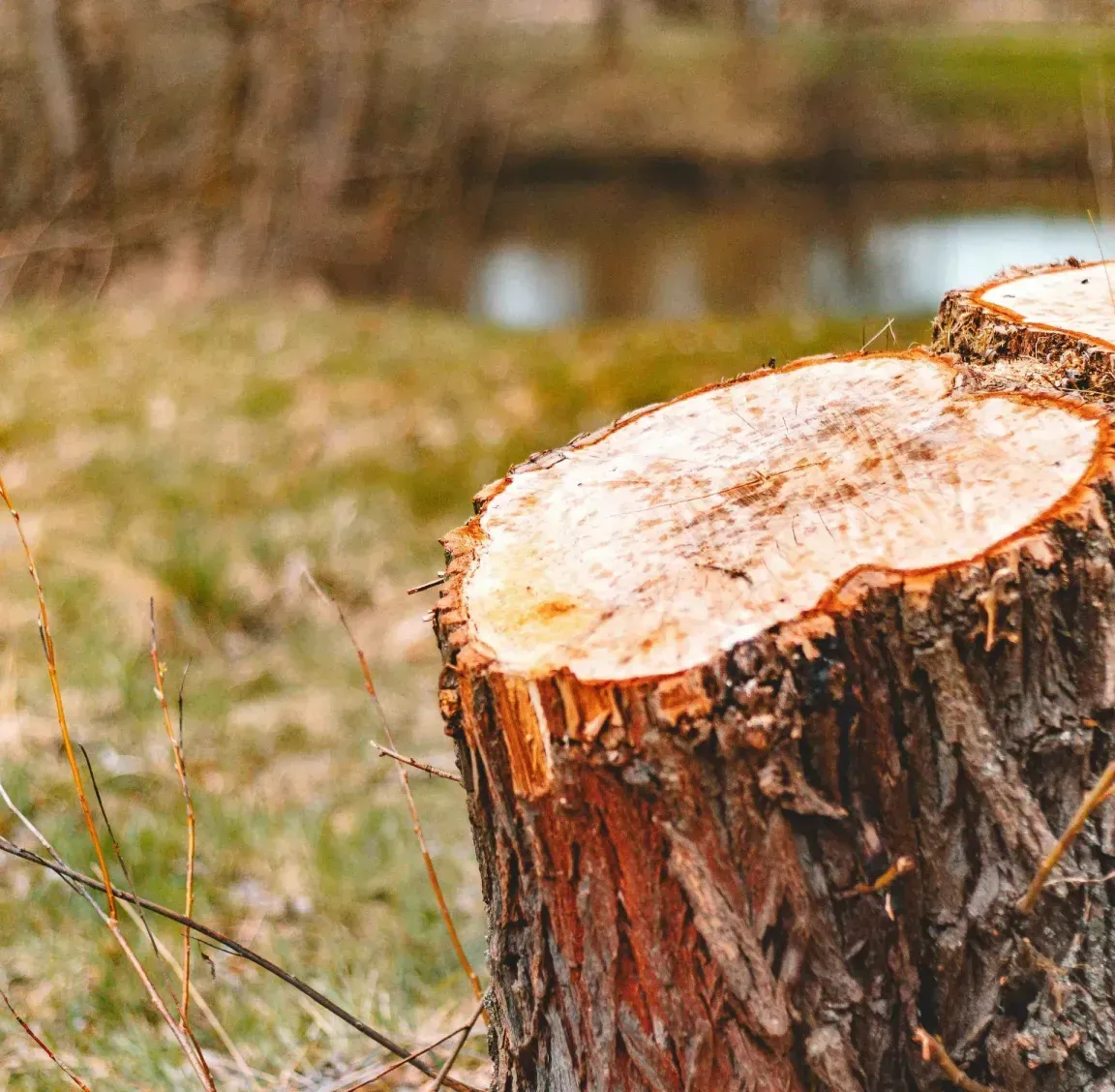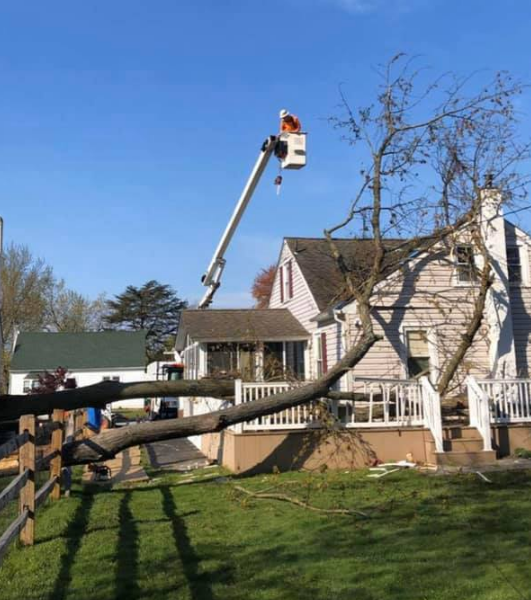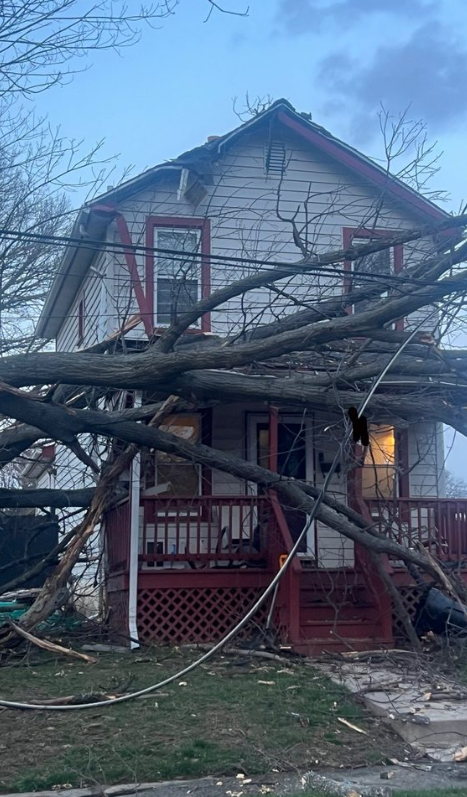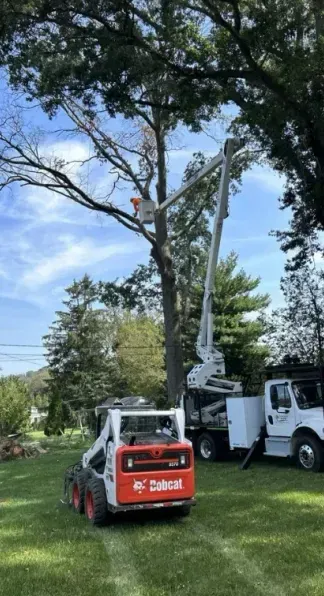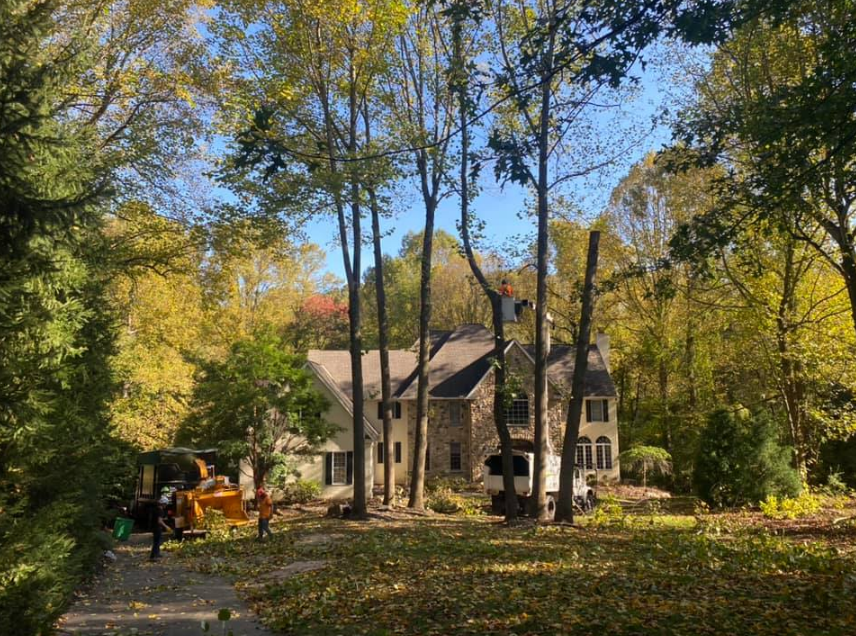How Often Should You Prune Trees in the Northeast?
How Often Should You Prune Trees in the Northeast?
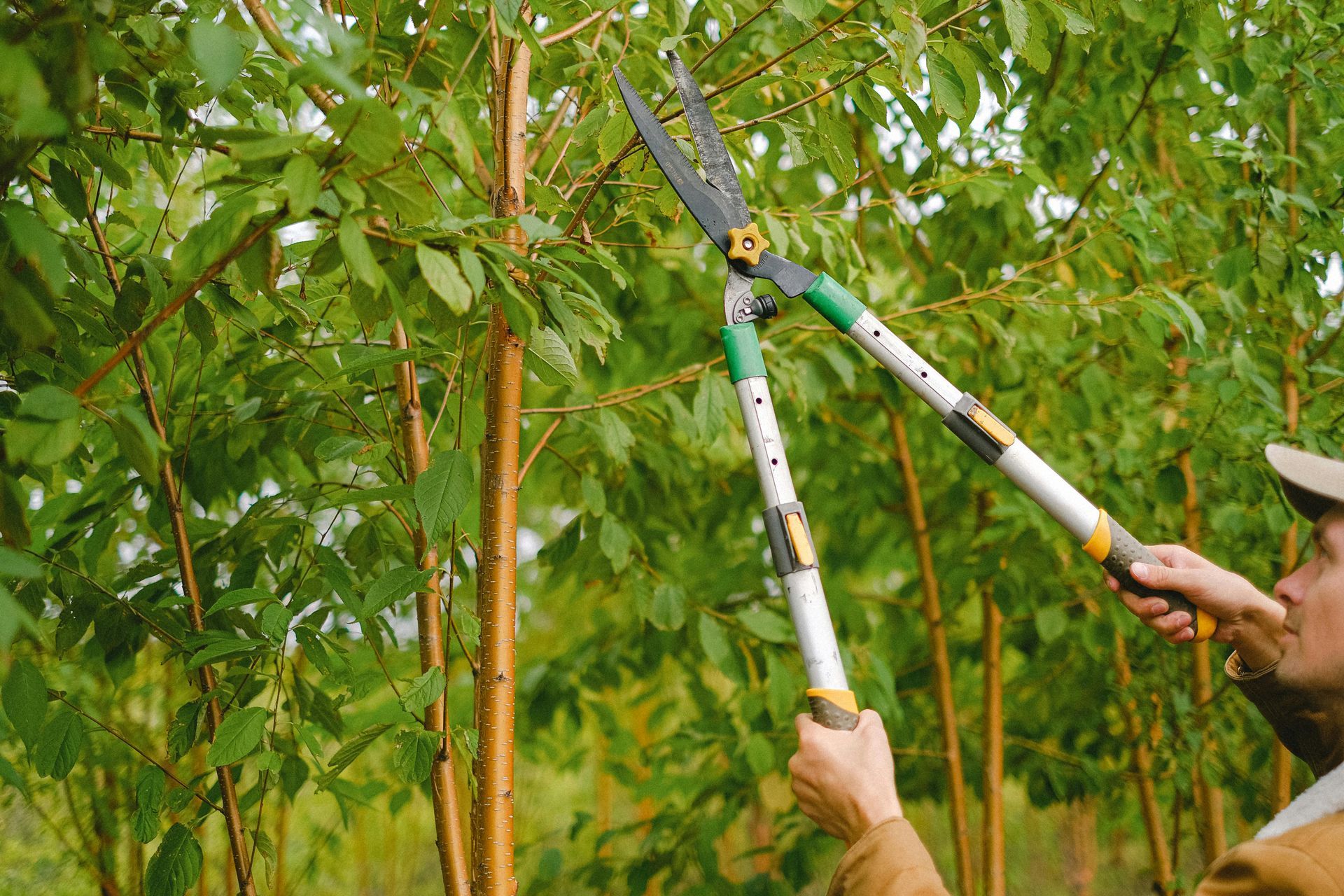
Tree pruning is more than just keeping your landscape looking sharp—it’s a vital part of long-term tree health, safety, and property maintenance. In the
Northeast, where we experience four distinct seasons, unpredictable storms, and a wide variety of native tree species, knowing
how often to prune your trees can prevent everything from property damage to pest infestations.
Whether you're maintaining large shade trees in Pennsylvania, flowering trees in Delaware, or evergreens in New Jersey, this comprehensive pruning guide from Tree State Property Maintenance will help you protect your trees—and your investment.
Why Tree Pruning Matters
Trees that are properly pruned live longer, grow stronger, and are far less likely to cause damage during high winds or winter storms. Routine pruning helps:
- Remove dead, diseased, or damaged limbs
- Improve airflow and light penetration
- Enhance structural integrity
- Reduce risk of pest and fungal problems
- Maintain clearance from homes, roofs, and power lines
- Boost overall curb appeal and value of your property
[Learn About Our Tree Trimming & Pruning Services – https://www.treestatepm.com/tree-trimming-pruning]
In short, pruning is one of the most important tree care practices you can perform—or have done professionally—at the right time of year.
General Tree Pruning Guidelines for the Northeast
Young Trees (1–5 Years Old)
- How Often: Once per year
- Primary Goal: Guide early structure, shape the canopy, and remove crossing or weak limbs
- Best Time:
Late winter to early spring, just before bud break
Regular early pruning helps prevent long-term structural issues and reduces the need for heavy cuts later in the tree’s life.
Mature Shade Trees (Oak, Maple, Elm, Beech)
- How Often: Every 3 to 5 years
- Primary Goal: Maintain shape, remove hazards, reduce crown density
- Best Time:
Late winter to early spring before new growth begins
These trees benefit from regular inspections, especially in storm-prone areas like southeastern Pennsylvania and coastal New Jersey.
Flowering Trees (Dogwood, Cherry, Magnolia, Crabapple)
- How Often: Every 2 to 4 years
- Primary Goal: Maximize bloom production, remove old wood, control size
- Best Time:
- Spring bloomers: Prune immediately
after flowering
- Summer bloomers: Prune in
late winter or early spring
Timing is essential. Pruning at the wrong time can reduce the number of blooms for the season.
Evergreen Trees (Pine, Spruce, Hemlock, Arborvitae)
- How Often: Every 3 to 5 years, or as needed
- Primary Goal: Manage shape, remove lower limbs, prevent overcrowding
- Best Time:
Late winter to early spring
Unlike deciduous trees, evergreens don’t go fully dormant, so winter pruning must be done with care. Avoid cutting into old wood that won’t regenerate.
Special Pruning Considerations in the Northeast
1. Storm-Prone Regions
Pennsylvania and New Jersey frequently experience
ice storms, high winds, and hurricanes—all of which can wreak havoc on weak or overgrown trees. We recommend:
- Annual inspections for trees over 30 feet tall
- Preventive pruning every
2–3 years in high-risk areas
- Priority on limbs overhanging roofs, driveways, or play areas
2. Urban and Suburban Environments
In cities like Philadelphia or towns like Cherry Hill or Wilmington, tree growth can interfere with:
- Overhead utility lines
- Sidewalks and driveways
- Siding and roof shingles
- Neighboring fences or gardens
In these cases, pruning may be required more frequently—every 2 to 3 years, depending on growth rate and proximity to structures.
3. Trees with Disease or Pest Issues
Any tree showing signs of:
- Deadwood in the upper canopy
- Spotted or curling leaves
- Holes or sawdust at the base
- Oozing sap or peeling bark
…should be inspected immediately. Diseased limbs must often be removed on the spot to prevent spread and further damage.
Common Signs a Tree Needs Pruning Now
Not sure if your tree is due for maintenance? Here are red flags:
- Low-hanging branches obstructing walkways or windows
- Tree limbs touching or overhanging your roof
- Dead or broken limbs in the upper canopy
- Branches rubbing together or crossing
- Sparse leaf coverage or reduced blooming
- Unbalanced or lopsided crown
- Excessive leaning or twisted growth pattern
The Risks of Over-Pruning
While pruning is essential,
too much of a good thing can be harmful. Over-pruning can:
- Shock the tree and weaken its immune system
- Cause sunscald on exposed branches
- Lead to decay at large cut sites
- Disrupt growth balance, especially in flowering species
This is why it's critical to hire a licensed arborist or professional tree service to determine how much of the canopy should be removed. We follow ANSI A300 pruning standards to ensure your trees remain strong and healthy.
[Request a Free Tree Assessment – https://www.treestatepm.com/contact]
Best Times to Prune Trees in the Northeast
| Tree Type | Ideal Time to Prune | Notes |
|---|---|---|
| Young Trees | Late Winter to Early Spring | Formative shaping is key |
| Mature Shade Trees | Late Winter | Prune before buds break |
| Spring Flowering Trees | After Bloom | Avoid cutting new buds |
| Summer Bloomers | Late Winter or Early Spring | Encourage summer growth |
| Evergreens | Late Winter | Avoid cutting into old wood |
| Storm-Damaged Trees | As Needed | Remove hazards immediately |
FAQs About Tree Pruning in PA, NJ, and DE
Is it okay to prune trees in the summer?
Light trimming is acceptable, but
major pruning should be avoided during peak summer heat. Trees are more vulnerable to stress and dehydration.
What happens if I never prune my trees?
You risk:
- Falling limbs during storms
- Crowded or twisted growth
- Reduced flowering or fruiting
- Increased pest infestation
Unchecked growth can also lead to
code violations if limbs cross property lines or block sidewalks.
Can I prune trees myself?
For
small, reachable branches, yes. But when it comes to tall trees, heavy limbs, or trees near power lines,
always hire a licensed tree professional. Mistakes can be dangerous and even deadly.
Our Professional Tree Pruning Services
Tree State Property Maintenance offers:
- One-time and seasonal tree pruning packages
- Certified tree assessments
- Corrective, crown thinning, and deadwood pruning
- Storm-prep and post-storm cleanup
- Safe pruning near utility lines and buildings
We service Delaware County, PA, South Jersey, and Northern Delaware, including towns like Media, West Chester, Cherry Hill, and Wilmington.
Contact us today
Proper tree pruning keeps your landscape safe, beautiful, and healthy. Don’t guess when or how much to prune—let the experts at Tree State Property Maintenance do it right.
Call 610-338-5008 or schedule your free pruning consultation now – https://www.treestatepm.com/contact
We’ll evaluate your trees, recommend a personalized pruning schedule, and handle the job with care and precision.


